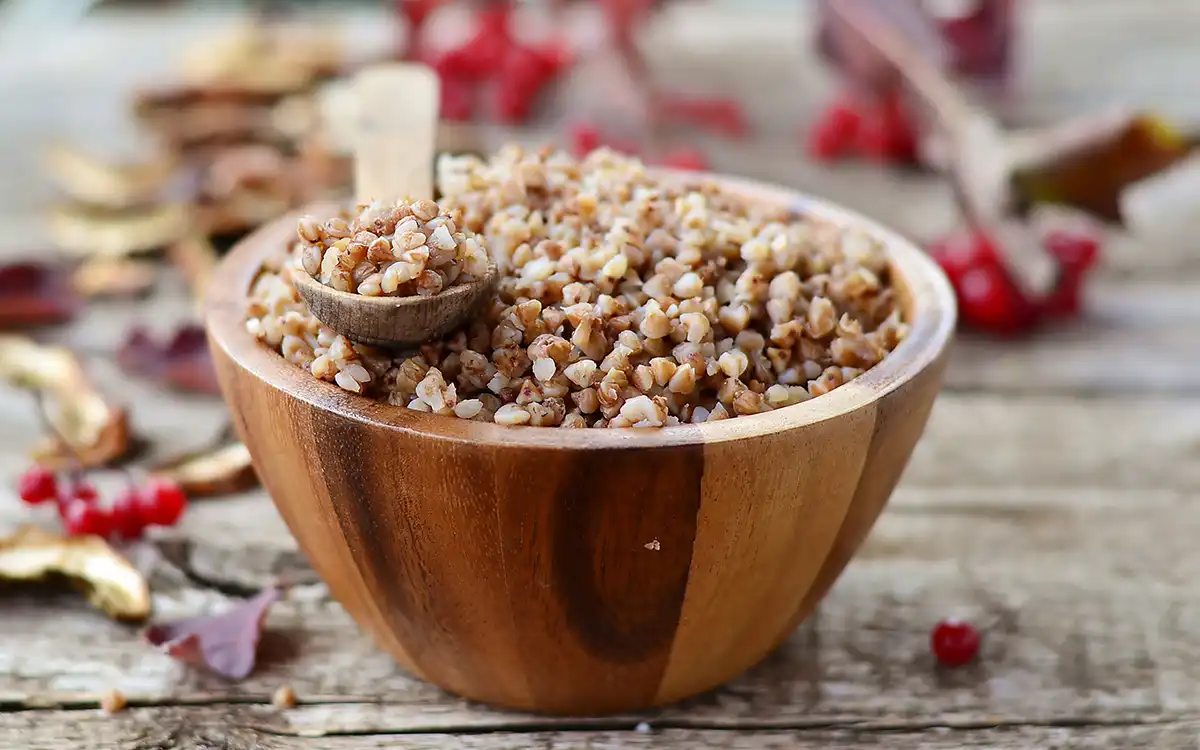new to the gluten free journey?
new to the gluten free journey?

When adopting a gluten free diet, it is common for patients to turn to a quick Internet search to determine what foods are gluten free. A quick glance may suggest that many alternative grains (or similar products) are gluten free. One common example is buckwheat.
But there’s more to the story. Just because buckwheat is commonly called gluten free doesn’t mean it is safe to eat on a gluten free diet.
This in depth article will take a closer look at this commonly misunderstood seed. The following will be discussed:
Contents
ToggleYou might be surprised to learn that buckwheat is actually not a grain. It is actually considered a pseudo cereal. Pseudo cereals are seeds that are consumed as cereal grains but don’t grow on grasses. Quinoa and amaranth are two other common pseudo cereals.
Buckwheat is a flowering plant that belongs to the same family as rhubarb and sorrel. It is also referred to as beech wheat or kasha. Buckwheat can be eaten as the whole groat, and served in either sweet or savory dishes similar to oats or quinoa. Buckwheat is also commonly ground into a flour, similar to traditional grain-based flours. This flour is used in a number of baking applications, most often in buckwheat pancakes and crepes.
While buckwheat technically contains no gluten, there are a few issues to consider before consuming buckwheat on a gluten free diet:
For these reasons, Gluten Free Society takes the approach that removing buckwheat from the diet is best for those embarking on the gluten free diet for health related issues. Especially for those who have been following a traditional gluten free diet (no wheat, barley, or rye) and continue to struggle with GI problems or other forms of autoimmune disease.
Instead of buckwheat flour pancakes, try a savory grain-free pancake, like our Kimchi Pancakes or a sweet option like our Warrior Bread French Toast. Both are made with nutrient dense Warrior Bread Mix.
For applications in which buckwheat is served as a whole groat, try a gluten-free granola like the recipe listed below.
While buckwheat and buckwheat flour are technically gluten free, it comes with a list of potential problems that may lead to a failure to recover on a traditional gluten free diet. Bottom line – buckwheat and buckwheat flour are on Gluten Free Society’s NO list of healthy, gluten free foods.
Stay up-to-date with the latest articles, tips, recipes and more.

*These statements have not been evaluated by the Food and Drug Administration. This product is not intended to diagnose, treat, cure or prevent any disease.
If you are pregnant, nursing, taking medication, or have a medical condition, consult your physician before using this product.
The entire contents of this website are based upon the opinions of Peter Osborne, unless otherwise noted. Individual articles are based upon the opinions of the respective author, who retains copyright as marked. The information on this website is not intended to replace a one-on-one relationship with a qualified health care professional and is not intended as medical advice. It is intended as a sharing of knowledge and information from the research and experience of Peter Osborne and his community. Peter Osborne encourages you to make your own health care decisions based upon your research and in partnership with a qualified health care professional.
4 Responses
I am bothered by oxalates and wonder what else I can use for flour.
Millet flour, chickpea flour, tapioca flour, teff flour… S
I used a bread with buckwheat flour in it and had very bad cramping with it shortly after I ate it. So I was curious if this could be the problem and I think it is! I will discontinue. Thanks for the complete article.
I am not celiac but have a number of intolerances. For me, it is not the gluten in wheat but the type of carbohydrates in it that cause cramping and bloating. That could be true for you in any number of foods.